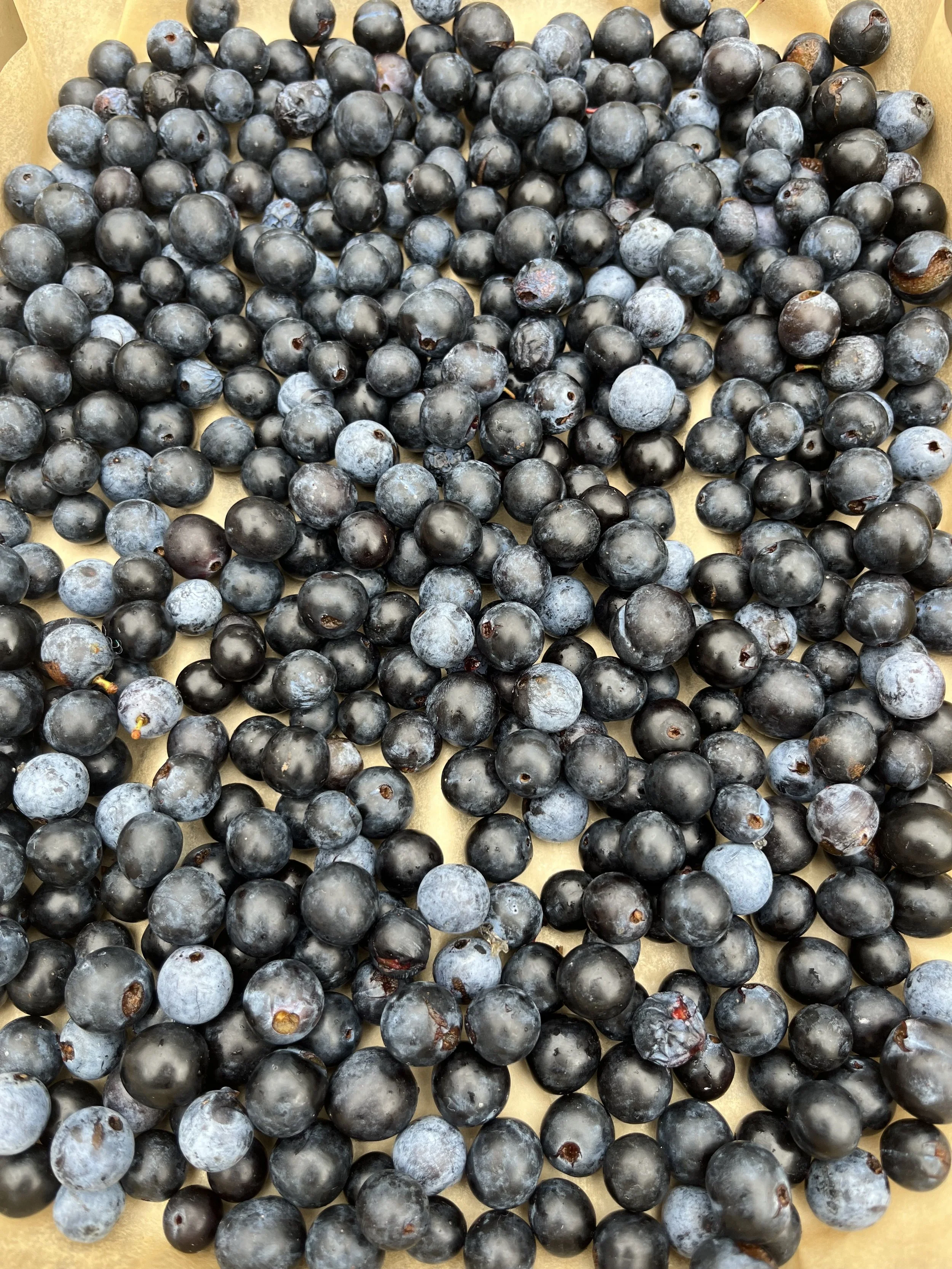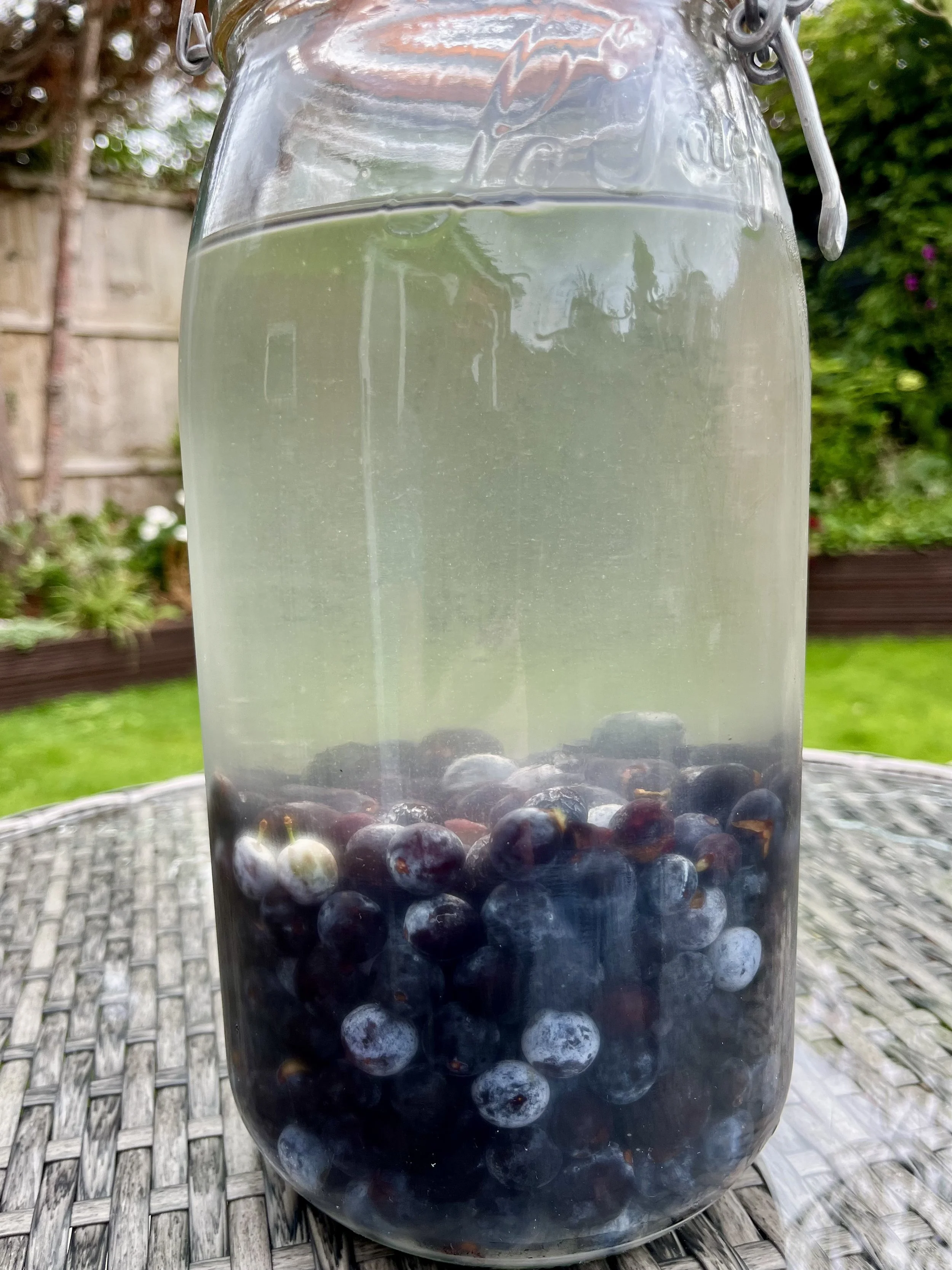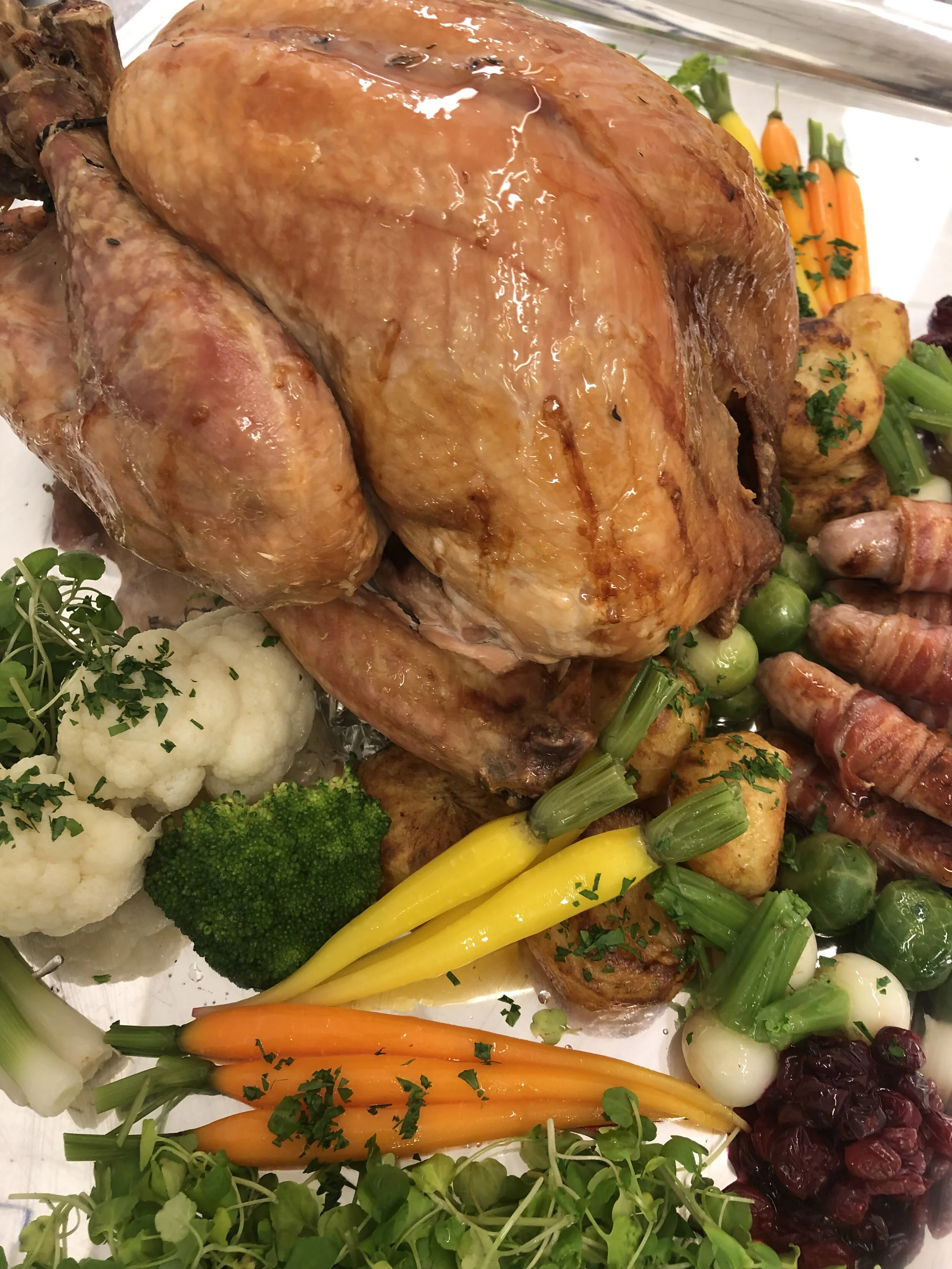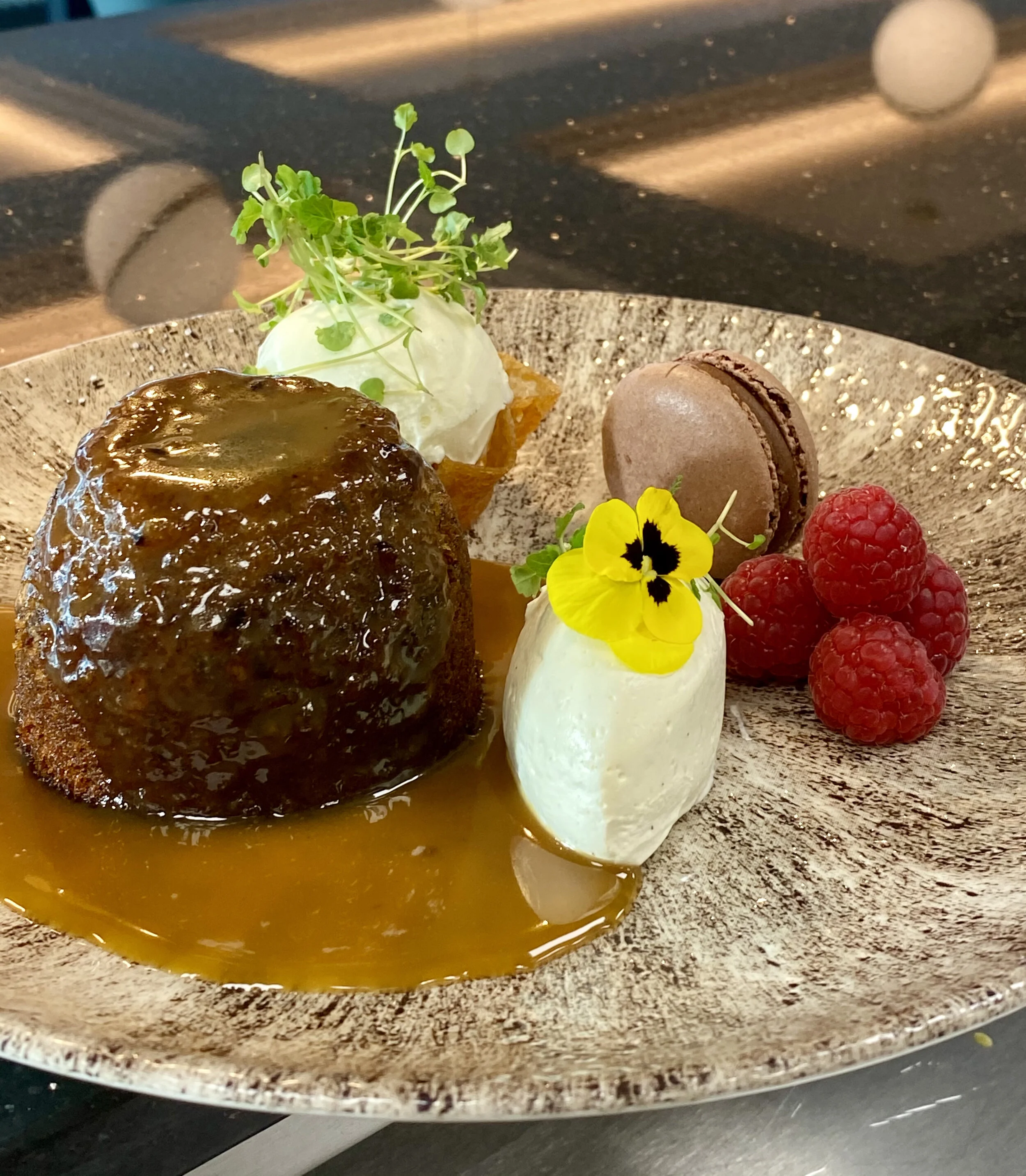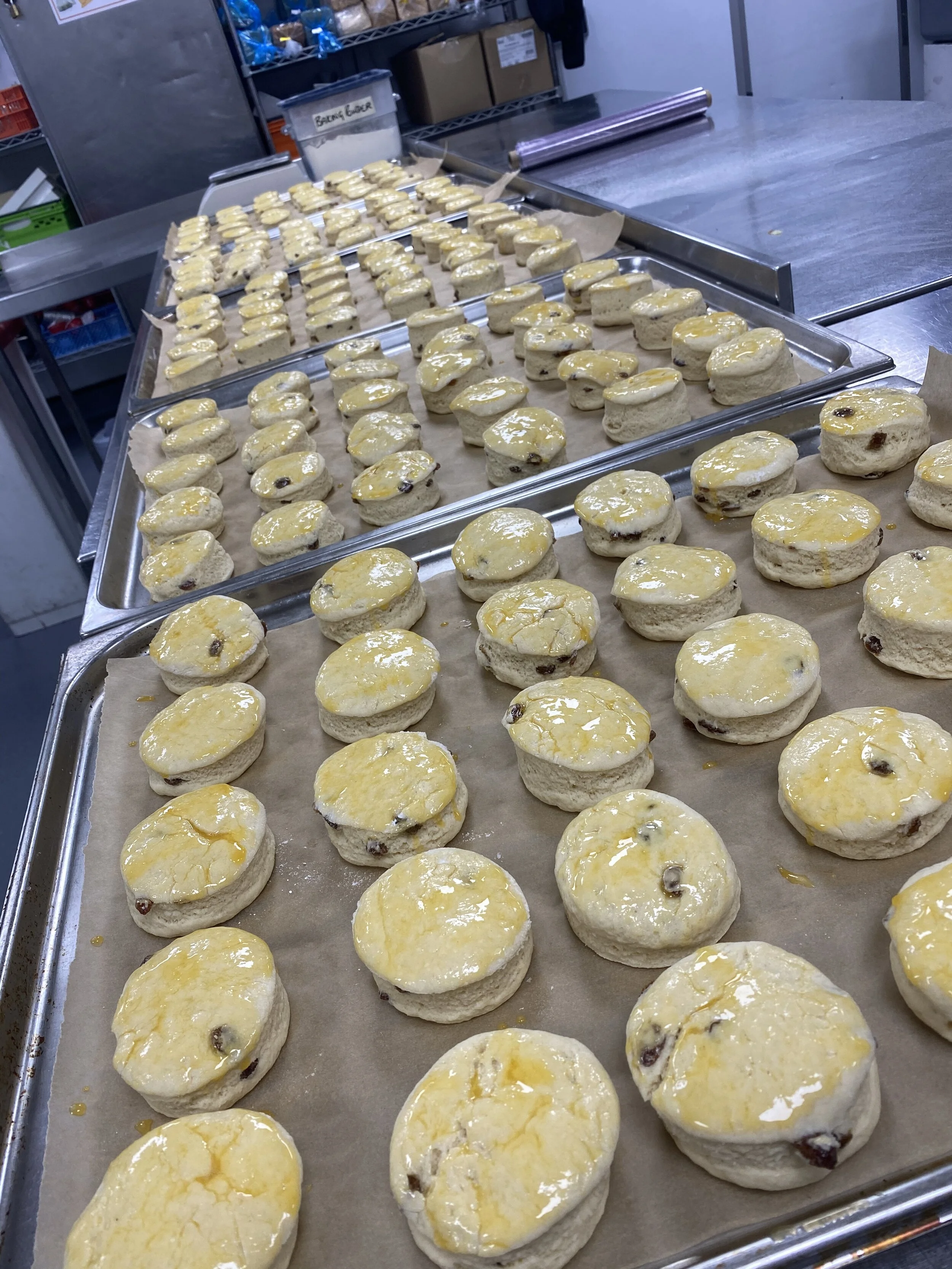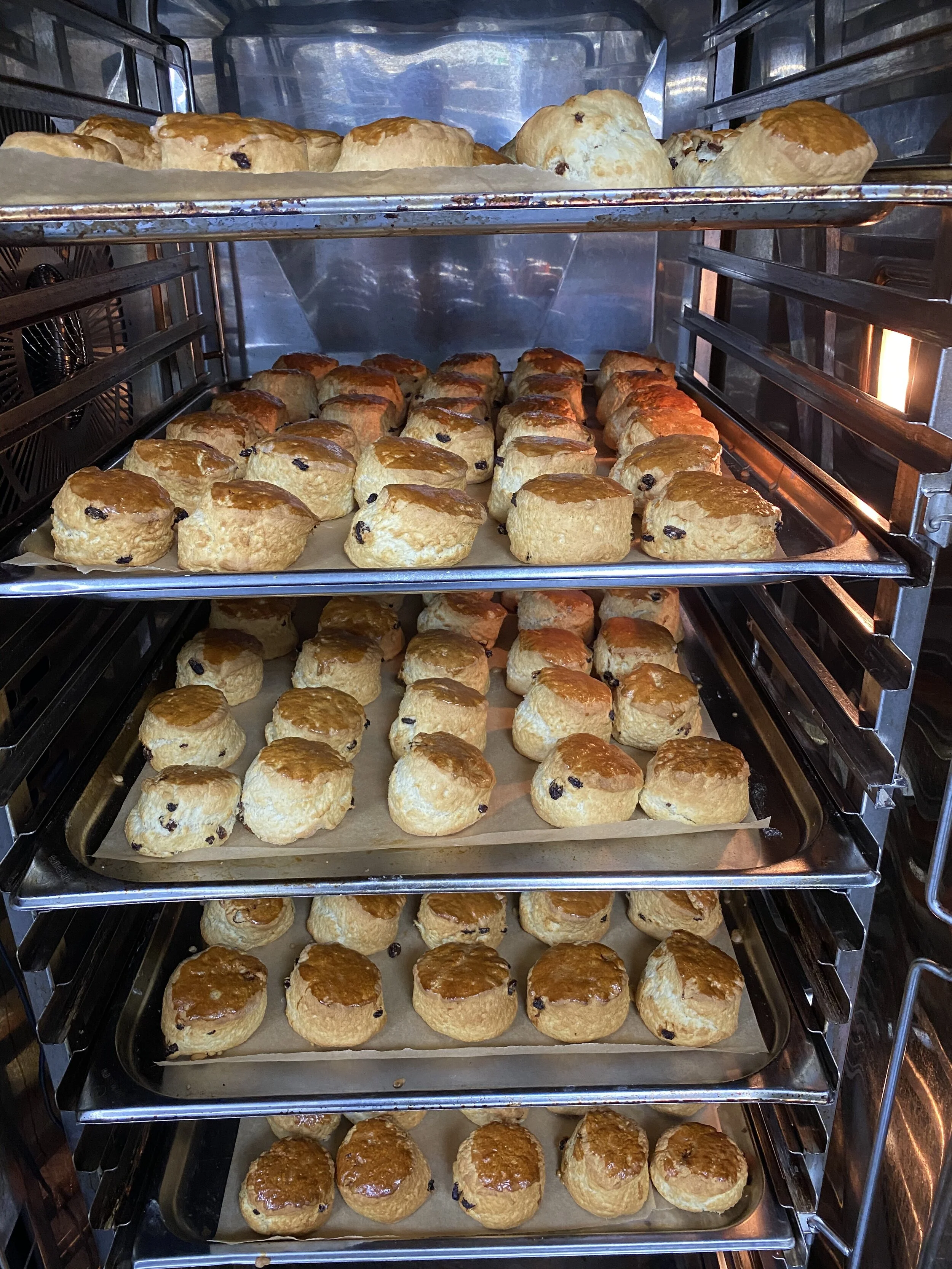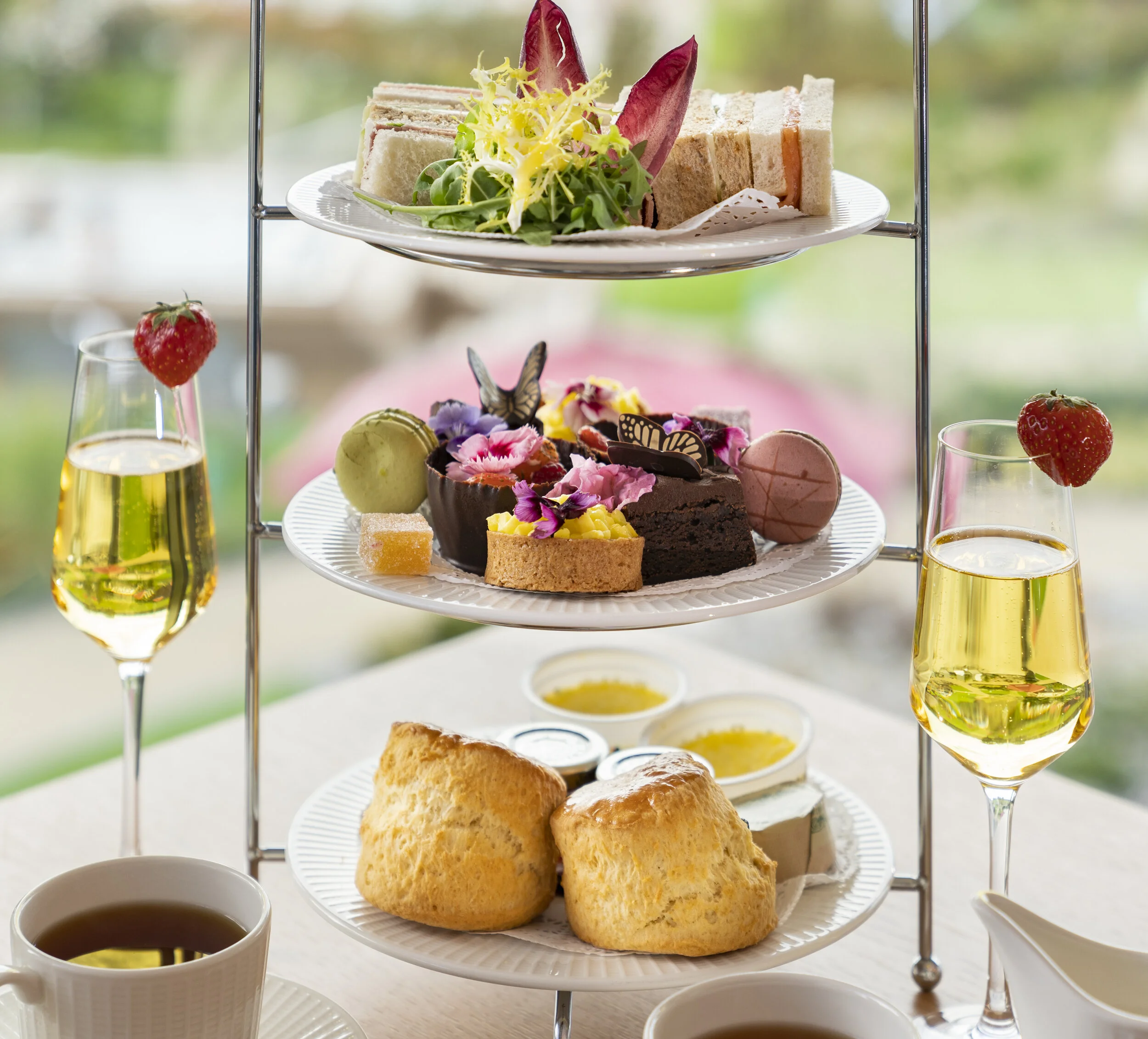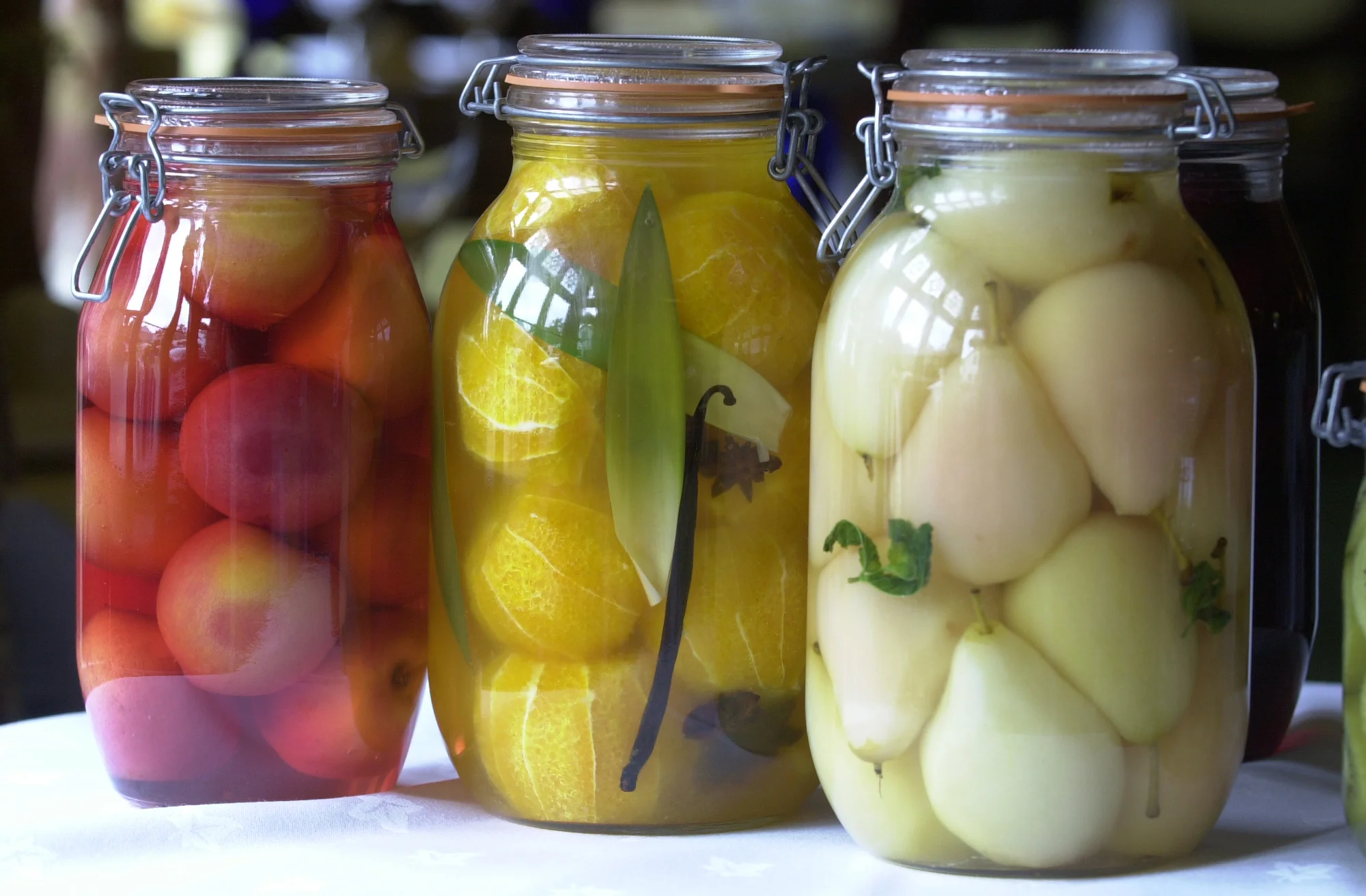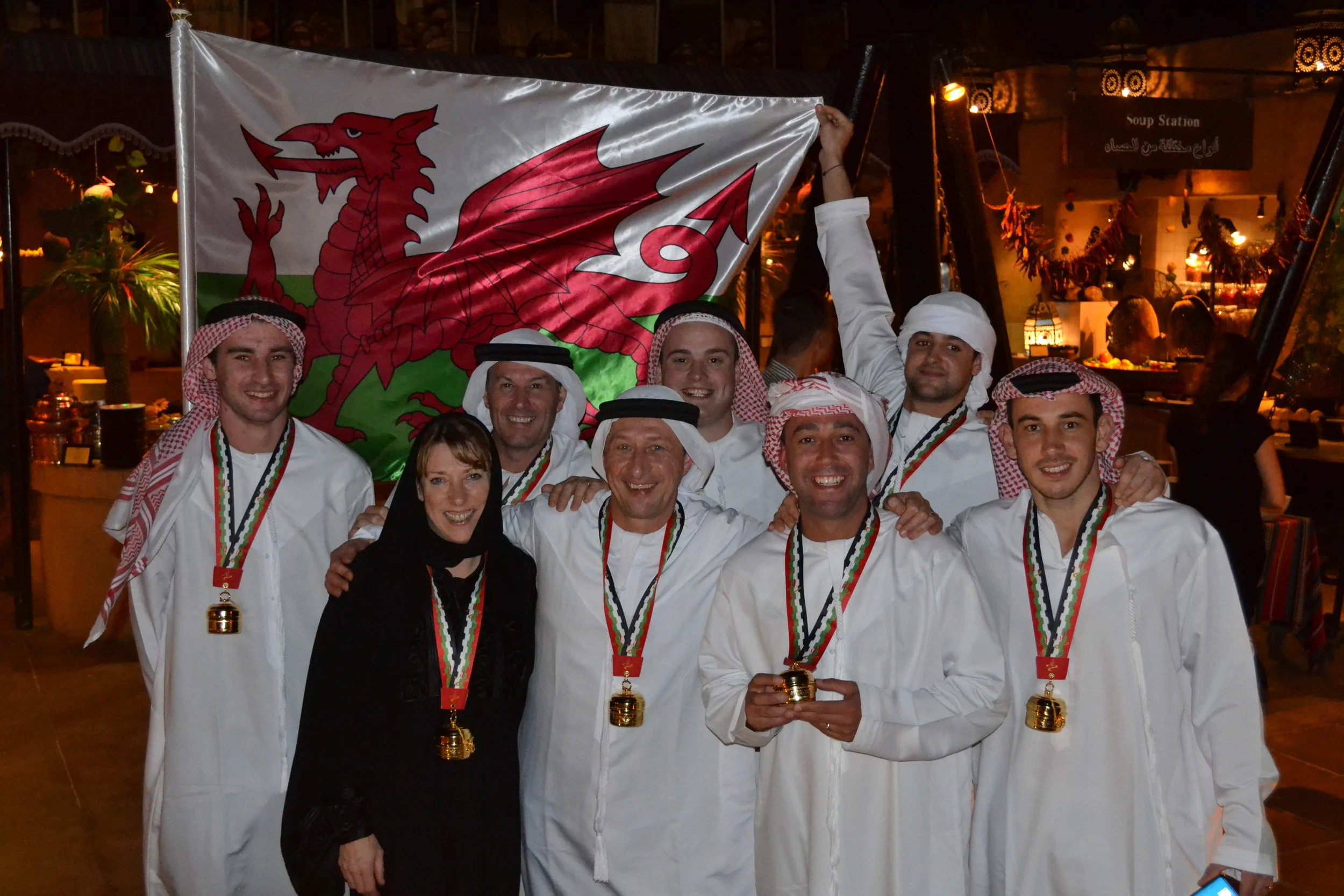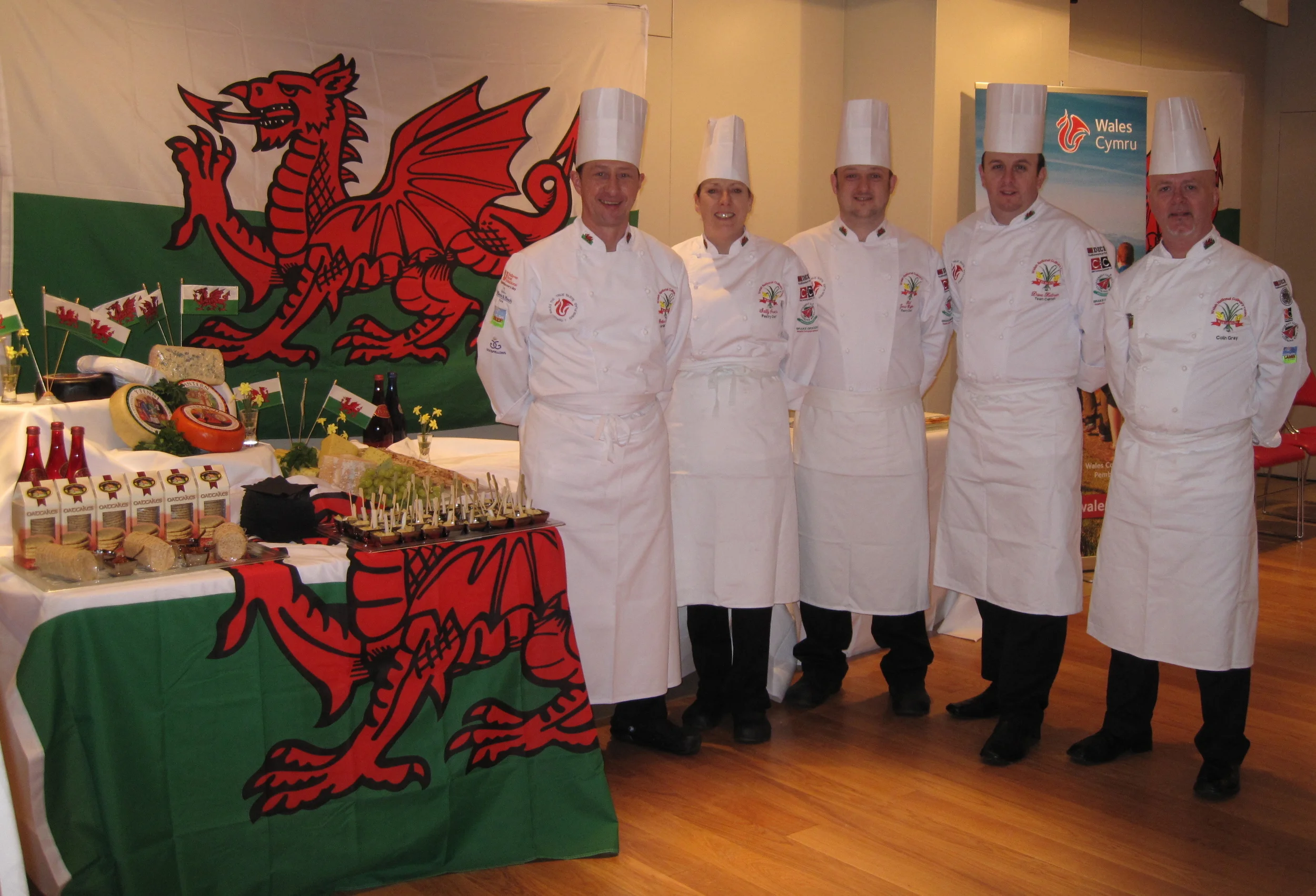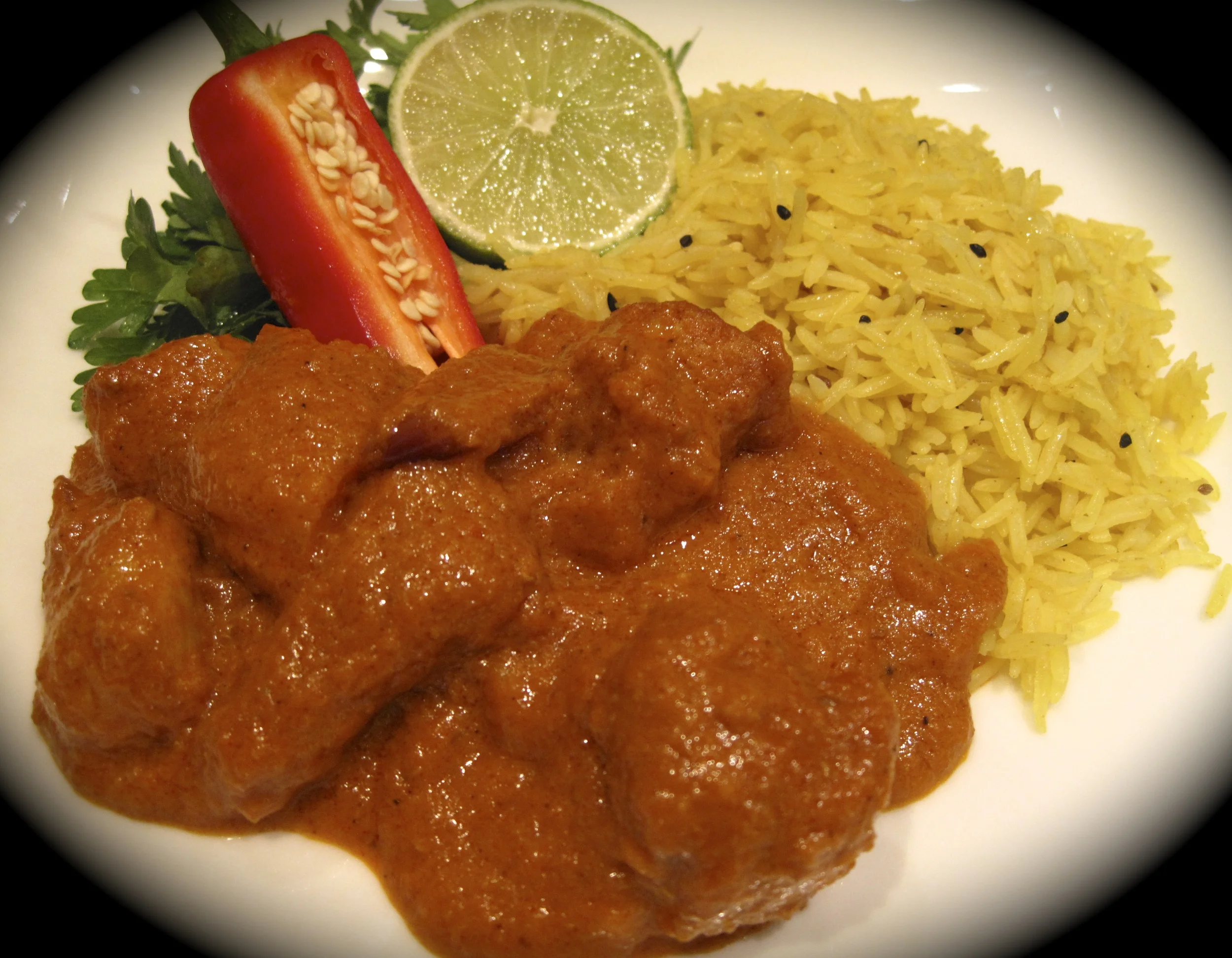I can understand why Angling is a bit of a hit and miss affair, but the wild fish in the chiller cabinet at your local Fishmonger and Super Market are proving equally elusive. As you cast your eyes along the refrigerated counters, the Salmon are generally marked with blue stickers depicting their farmed origins from either Scotland or Norway.
Fresh Trout are most commonly from Trout farms around the U.K. and the King Prawns are nearly always cultivated in Indonesia, Ecuador or Honduras. Even the Sea Bass, which should surely be the wildest of fish and the ones the local Fishermen sell me as they are landed, certainly are, others are farmed in Turkey and Greece.
Farming, however, offers convenience to the consumer and retailer, as you can have what you want, when you want it, to the size and quality you specify and at a regulated price.
Fish that are farmed are controllable, whereas in the wild they are not. Idealistically, people should rely on what is landed each day, and if it hasn’t been caught in the net, then it won’t be on the supper plate tonight!!
Personally I prefer to have nature and the season dictate the availability of the fish I have to offer my customers. However, the quality of the fish produced by Fish Farming is increasing and can be used as an alternative for the wild variety.
I believe totally in the pleasure and sport of fishing and the delicious ritual of cooking the days catch. Therefore, unlike the rest of my food orders, which are left on my suppliers answer phones each evening, I like to speak and meet with my local fish monger each morning to find out what is available and more importantly what has been caught locally.
Beetroot cured chalk stream trout with crème fraice, pickled golden beetroot and frozen horseradish & lime
Salt Cure
150grms Sea Salt
150grms Caster Sugar
1 Teaspoon of crushed White Peppercorns
1 Large raw Beetroot, Washed.
Pickling Liquor
300ml White Wine Vinegar
100ml Water
100grms Caster Sugar
½ Teaspoon Salt
6 Cardamom Pods
6 White Peppercorns
2 Star Anise
Ingredients
500grms of Lean Trimmed Trout
1 Lime
A small stick of fresh Horseradish about 8cm.
1 Large Golden Beetroot
150 ml Crème Fraice
Bread Crisp
Salad Leaves.
Method
Grate the raw beetroot and mix with the salt, sugar and pepper, sprinkle over both sides of the trout, wrap tightly in cling film and place in the fridge with a heavy weight on top, leave for 2 days.
Place the lime and the horseradish in the freezer and leave over night until frozen solid
Place all the ingredients for the pickling liquor into a pan and bring to the boil to infuse the spices then take off the heat and allow to cool.
Peel the golden beetroot and cut into required shapes, place in the pickle liquor and cook until tender. Leave in the pickle liquor to cool.
Take the trout from the fridge and unwrap it, wash under cold running water and pat dry with a clean cloth.
Slice the trout as thin as possible and serve with the beetroot, crème fraice, salad and the bread crisp. Just before serving grate over the horseradish and lime.

